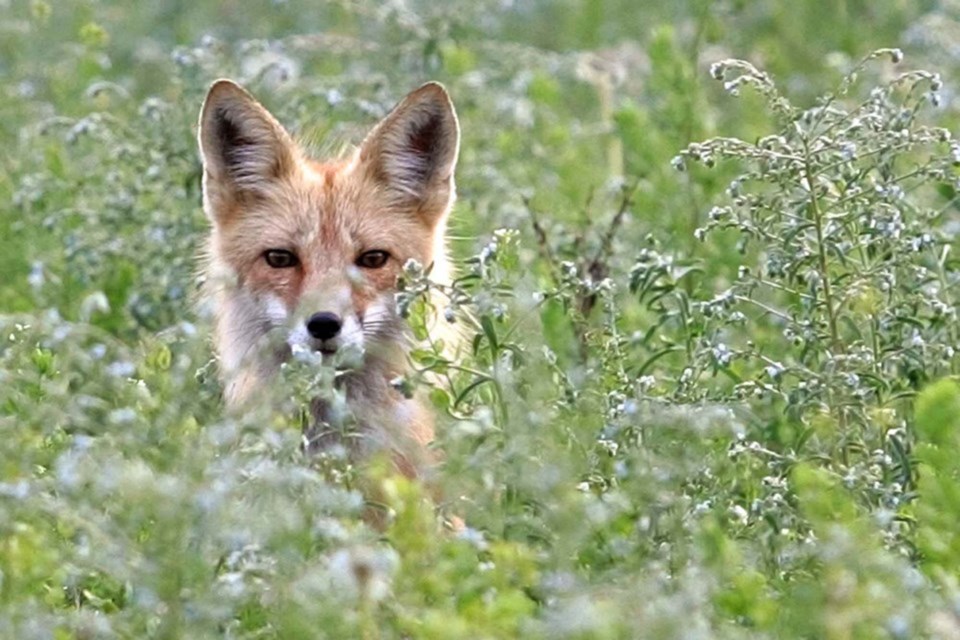A new project from University of Alberta researchers will map how much carbon is in the soil in the grasslands and help farmers and producers keep their carbon underground.
Cameron Carlyle, a University of Alberta rangeland ecologist and a lead researcher on the $3.2-million project, said the goal will be to quantify the carbon on landscapes that are used for forage production and to find a way to keep that carbon in the ground.
“Based on global estimates, grasslands are estimated to hold about 30 per cent of soil organic carbon. So, it's a staggering amount of carbon and that's because of how vast and large these ecosystems were,” Carlyle said.
In southern Alberta, the grasslands are quite dry, and less carbon is stored in them, but as you travel farther north there is more carbon in the soil, Carlyle said.
It is important to keep this carbon in the soil to help fight climate change, Carlyle said, and grasslands are at risk of being converted into other uses, which will release the carbon into the atmosphere.
One of the big risks grasslands face is being converted to cultivation for annual crops.
“When that happens, about as much as up to half of the carbon that's being held in the soils can be released into the atmosphere,” Carlyle said.
“That conversion away from perennial grasslands into annual cultivated land is contributing to increases in atmospheric carbon.”
These ecosystems do more than just store carbon, Carlyle said, as they are home to many endangered species in the country.
The grasslands are one of the most threatened ecosystems the country has, due to the desire to convert them to cultivation for crops. Discovering how much carbon they hold is helpful in recognizing the need to conserve them, Carlyle said.
Most grassland is held by private owners, where ranchers graze their cattle.
If these lands get converted to crops, soil erosion will happen, releasing carbon into the air, Carlyle said. Carbon can also be released after the soil environment changes and the microorganisms burn up the carbon in the soil. A change in the amount of inputs can also impact the amount of carbon in the soil.
“We're moving from perennial vegetation that has very large, deep root systems to these annual crops that don't have as developed a root system and aren't moving as much carbon into the ground,” Carlyle said.
The project will see Carlyle and his team take 400 soil samples from across the grasslands, extrapolate the data to the rest of the region, and produce a map that will show how much carbon is in the ground.
The group will be talking to producers and land managers about how they take care of the land to keep the carbon underground.
At the end of the project there will be a map online for producers and land managers to visit with information on how much carbon is in the soil, and what management practices can be used to help change what they are doing based on the landscape and amount of carbon in the soil, Carlyle said.
Carlyle is co-leading the research with University of Saskatchewan soil scientist Angela Bedard-Haughn and is supported by the Canadian Agricultural Partnership, the Government of Saskatchewan, Ducks Unlimited Canada, and the Saskatchewan Cattlemen’s Association.



